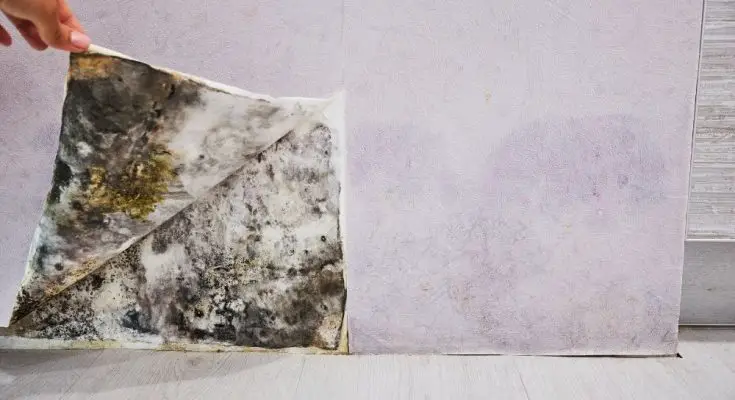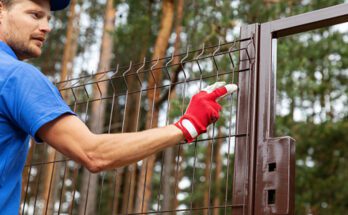Mold has been a concern for homeowners for many decades, and the years have allowed myths to pop up regarding how dangerous mold is, how it grows, and what people need to do to get rid of it. Here, we’ll cover five of the most common misconceptions about mold outthere today.
Mold Only Grows After a Leak
Leaks under the kitchen sink, behind the fridge, or outside of the tub are common causes of mold growth, but heavy rainfall, snowstorms, and even daily showering can also create the perfect environment for mold to thrive. All it takes is moisture and a bit of heat for mold to appear.
Mold Only Affects People With Asthma
Children, the elderly, and people suffering from asthma are more likely to be impacted by mold spores indoors. However, extended exposure to mold can even begin to impact the breathing of healthy adults, as the spores irritate the nasal passageway, lungs, and even skin.
If You Can’t See Mold, It Isn’t There
Mold that you can see is rarely the end of the story. Mold in shower tile grout, for example, can indicate further mold growth underneath the tile. That isn’t to say that you need to rip apart your home if there’s a hint of mold, of course. Just be mindful that if you can smell mold or don’t feel well at home, a specialist may be able to help.
Bleach Is Always an Effective Mold Killer
Bleach may seem like a quick DIY solution to halt mold growth, but bleach is only effective on non-porous surfaces. The effects of bleach fumes in an enclosed space can even be more harmful than the mold spores, so it’s best to avoid using it when able.
Mold Is Deadly
First, there are many kinds of mold that commonly grow in the home, but none are immediately lethal. Exposure to high mold levels in the home over a long period of time can impact breathing and cause discomfort. Mold in the home is rarely ever deadly and shouldn’t keep you awake at night with worry.
While seeing mold can be alarming, understanding the five most common misconceptions about mold can help you take reasonable actions to combat mold without worry keeping you out of your home. If you see mold, the best thing to do is document it and reach out to a specialist for assistance.



